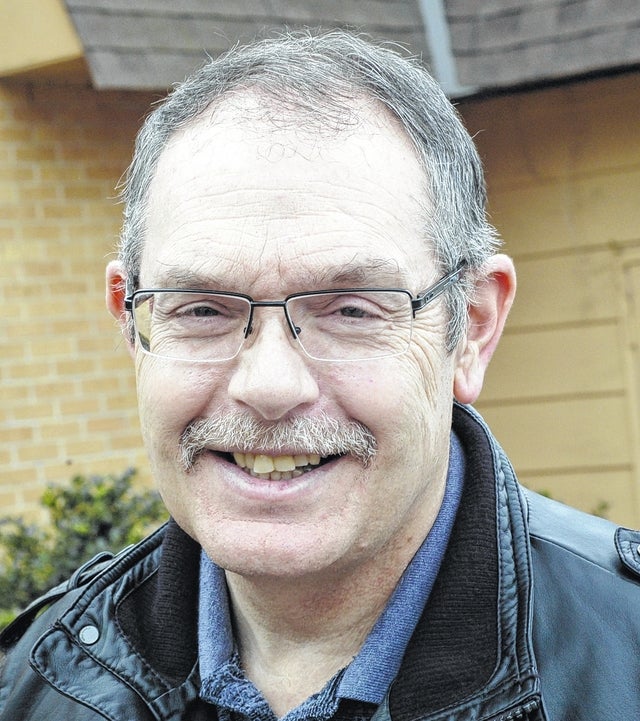Troup extension agent: Winter chores make for better spring
Published 12:00 am Friday, February 12, 2016

This part of winter usually is a good time to get a number of chores done.
As the temperature drops, it’s important to keep those bird feeders full. If it’s too cold to go out, get those seed catalogs out and start getting an idea of what crops and varieties that you need to order.
We are getting calls about what to do about those winter annuals making their appearance in their dormant lawns. Now is the time to apply a post-emergence herbicide for winter annual weeds.
Now is also a great time to apply pre-emergence herbicides for summer annuals. Warm season grasses are Bermudagrass, zoysiagrass, Saint Augustine and centepedegrass.
Only apply the pre-emergence herbicides to warm season grasses. Do not use the weed and feed products.
Warm season grasses should only be fertilized during the months of May, June, July and August. Read the herbicide label and follow the directions. If you have a cool season grass such as tall fescue, you can apply a pre-emergence herbicide and apply fertilizer according to your soil test recommendations.
If you haven’t soil-tested in a while, this is also a good time to do this important activity. The turn around time on a soil test is about a week.
Getting the pH correct is the limiting factor in a fertilization program. The sooner lime is applied to correct the pH, the quicker it will work.
Take a representative sample, which means take several 4- to 6-inch cores with a trowel from the sampling area, mix in a clean bucket and label and fill a quart Ziploc bag. Bring it to the extension office. The cost is $ 9 per sample.
Pruning should be high on your list of chores. Look at your woody plants in the yard and prune out the dead wood and the branches that are rubbing on one another.
The suckers growing at the base of the trunk should also be eliminated. There are several principles that help in understanding when to prune.
Plants that flower on their old wood should never be pruned during the dormant — winter — season. Pruning would remove the flowers for the next spring.
On the other hand, flowers that are produced on new wood can be pruned during the dormant season. Now is a good time to prune abelia, arborvitae, beautyberry, boxwoods, buckeyes, butterfly bush, vitex, crape myrtle, hibiscus, hypericum, nandina, summer blooming spirea and osmanthus. It’s also a good time to prune muscadine vines.
Remember this rule of thumb for pruning: Shrubs that flower in the spring should only be pruned after they flower, and those shrubs that bloom in the summer should be pruned during the dormant season.
If the plant needs a rejuvenating prune, check out these excellent publications from UGA, “Pruning Ornamental Plants in the Landscape” and “Basic Principles of Pruning Woody Plants.” You can find them online or call the office.
Winter provides the opportunity to do some of those chores which will make our landscape more pleasing as spring approaches. Don’t try and do everything in one day. Do a little each day and it will be a lot more fun.
What’s going on in Extension?
Feb. 15: Troup County Association of Beekeepers, 7 p.m., Ag Center.
Feb. 16: Troup County Cattleman, 7 p.m., Ag Center; dinner starts at 7 p.m., cost is $6. Program at 7:30 p.m. Guest speakers: 4-H and FFA officers.
Feb. 18: Timber Growers Meeting, Ag Center, 7 p.m. Guest Speaker: Joseph Moore. Topic: reforestation.
Master Naturalist Program begins March 31. Call the Extension office, 706-883-1675, for more information.
Tree seedlings can be ordered from the Georgia Forestry Commission, 706-845-4122.


